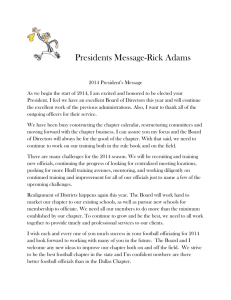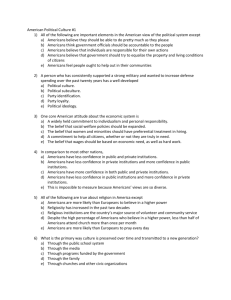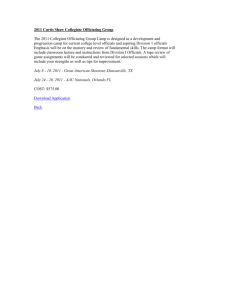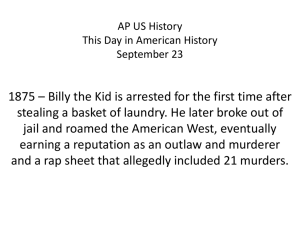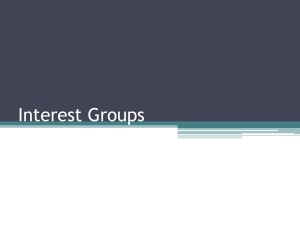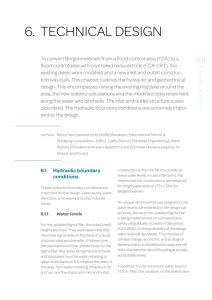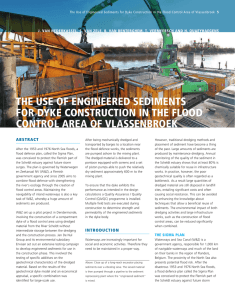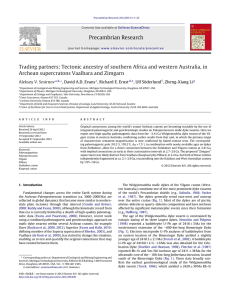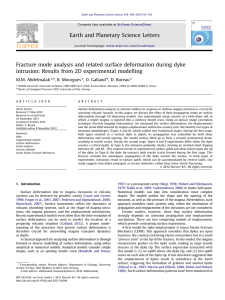A picture showing Chimbwimbwi river in a wrong course towards...
advertisement
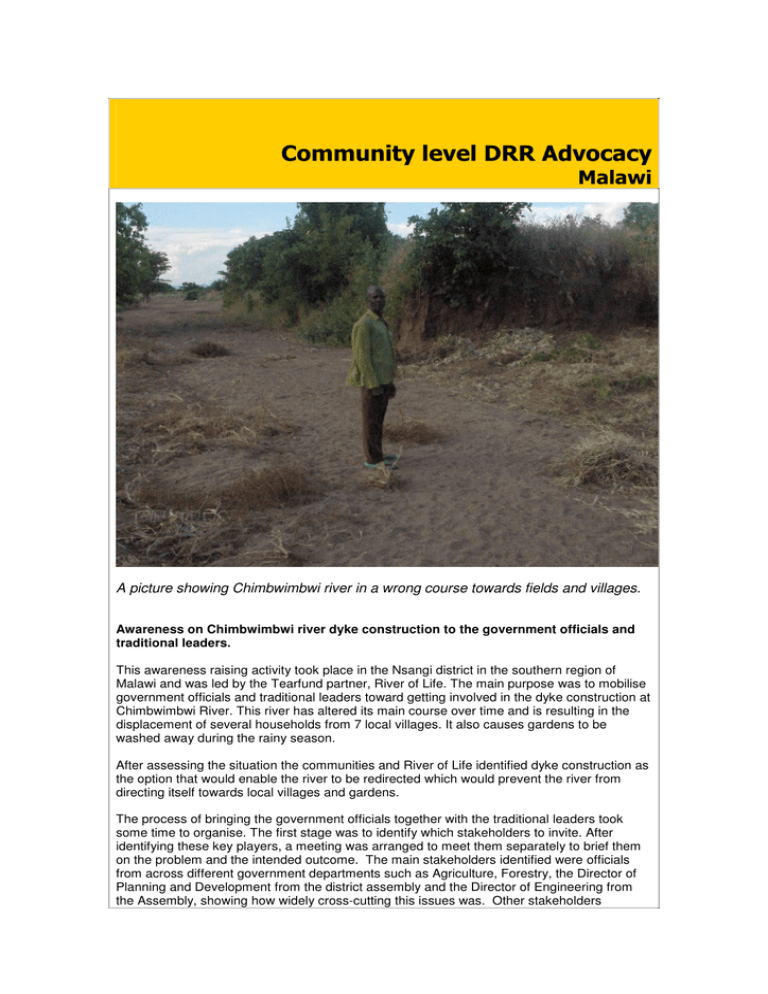
A picture showing Chimbwimbwi river in a wrong course towards fields and villages. Awareness on Chimbwimbwi river dyke construction to the government officials and traditional leaders. This awareness raising activity took place in the Nsangi district in the southern region of Malawi and was led by the Tearfund partner, River of Life. The main purpose was to mobilise government officials and traditional leaders toward getting involved in the dyke construction at Chimbwimbwi River. This river has altered its main course over time and is resulting in the displacement of several households from 7 local villages. It also causes gardens to be washed away during the rainy season. After assessing the situation the communities and River of Life identified dyke construction as the option that would enable the river to be redirected which would prevent the river from directing itself towards local villages and gardens. The process of bringing the government officials together with the traditional leaders took some time to organise. The first stage was to identify which stakeholders to invite. After identifying these key players, a meeting was arranged to meet them separately to brief them on the problem and the intended outcome. The main stakeholders identified were officials from across different government departments such as Agriculture, Forestry, the Director of Planning and Development from the district assembly and the Director of Engineering from the Assembly, showing how widely cross-cutting this issues was. Other stakeholders involved were church leaders in the impacted area, traditional leaders, teachers and civil protection committees. A stakeholders’ meeting was then arranged with all the relevant members. During the meeting, the community action plan (CAP) concerning Chimbwimbwi river was read out to the members and general discussions were held based on the recommendations by the community members contained in the CAP. After a long discussion on the recommendations and resources involved in constructing a dyke, the members made a commitment to assist in mobilising the resources. The District assembly through the department of public works pledged to provide a tractor that will be used to transport stones and other materials required for the construction process. The forestry department pledged to provide the technical aspect in planting the river-bank cover. Community members volunteered to provide free labour at the site. River of Life being the initiator of the process covered all the costs of organising the meeting. Despite these costs, River of Life felt that the process was worthwhile as it brought together the commitment from the community to overcome the problem Challenges faced It was quite a challenge to get the commitment of certain members especially the government. The main problem is that government officials prefer to be the initiators of such processes rather than being led by others. The limited availability of funds also hindered the process from being publicised so as to increase support from the public. Sustainability Through the involvement of government officials and the traditional and church leaders, there is a great sense of ownership of the whole project. ROLEC is very much confident that the project will be a success because of the resources being pulled together from various quarters in the district. The advocacy activity itself also brought in a great sign of transformation as regards relationship building. Traditional leaders, church leaders as well as government officials are able to work together and they view each other as partners in development.

